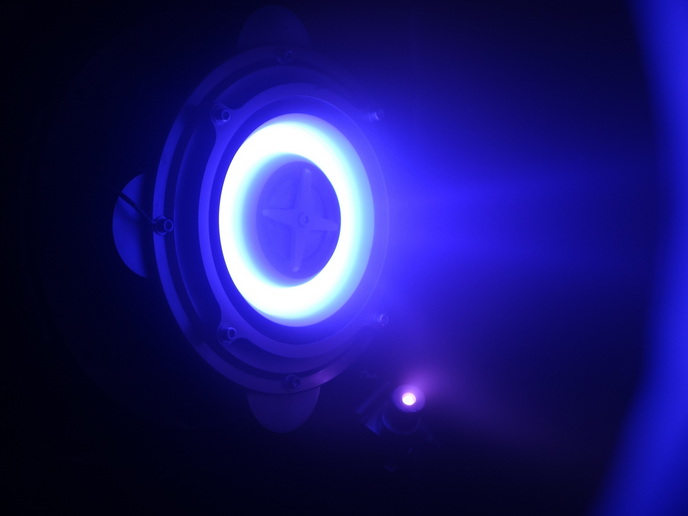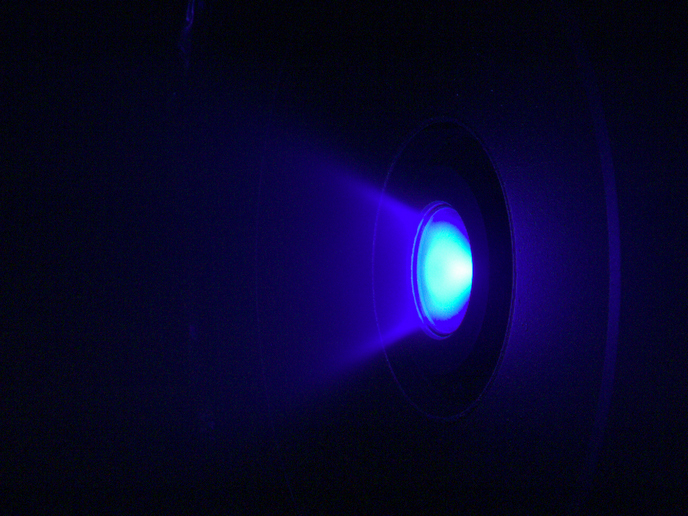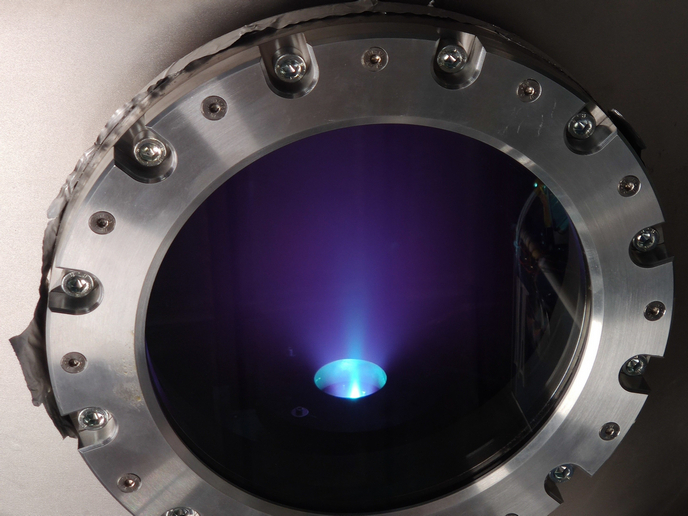Groundbreaking device first to define location of falling space debris in real time
Most objects and satellites are destined to re-enter the atmosphere and hopefully burn out. Unfortunately, on average 10-40 % of satellite mass survives re-entry and impacts the Earth’s surface. This increasing risk led space agencies to impose progressively stricter regulations, but it’s currently impossible to accurately predict the impact area of surviving fragments. Taking space debris management to another level For high perceived risks, authorities are forced to close large airspace that may be potentially affected, leading to costs that exceed several million euro. The EU-funded DeCAS project “addresses the critical issue of safeguarding air traffic, people and infrastructure around the world through a precise, efficient and cost-effective system that will make our planet a safer place,” says coordinator Prof. Piermarco Martegani. “Our patented technology will enable relevant authorities to respond in a timely manner by becoming aware of the exact location, extent of debris – or footprint – and the dynamics of debris as it dissolves.” The DeCAS team developed a novel system that predicts exactly how and where all space debris will impact the planet whenever a breakup occurs. It’s based on an approach to tracking the space debris area from the inside rather than from the ground or space. The approach’s main feature is a small and lightweight device that’s mounted on space vehicles and launchers. It tracks and models in real time the trajectory of the fragments and their impact area. The device can also be applied as a complementary technology to improve current ground- and space-based systems already in place. It can easily be installed on any launcher to track debris. A significant advancement in satellite debris security The device functions as a type of smart fragment that autonomously determines its position during re-entry and predicts the impact’s location. During the re-entry phase of space vehicles such as satellites or rocket bodies, the unit is triggered by sensors and transmits the space debris’ position and direction to ground stations. This exact signal instantly provides the required data to all relevant agencies, including civil authorities, military space organisations and air traffic control centres. As a result, these agencies can determine exactly how to direct and maintain whatever safety protocols are needed for the affected footprint. What’s more, space vehicle operators and manufacturers won’t need to depend only on very expensive approaches provided by competing space technologies. In 2017, project partners successfully tested the system during a space debris mitigation satellite mission called D-Sat. They demonstrated the system’s architecture concept and communication abilities, and validated its software functionalities and performance. Prof. Martegani lauds the DeCAS solution’s innovations. “This ‘inside’ space debris tracking approach is the first of its kind in tackling the ongoing debris issue because it focuses on the re-entry phase. Not only does it protect sensitive installations, air traffic and civilians worldwide, it’s also the most cost-efficient and easy-to-install solution available today.”
Keywords
DeCAS, space debris, satellite, re-entry, space vehicles, impact area, launcher, air traffic







